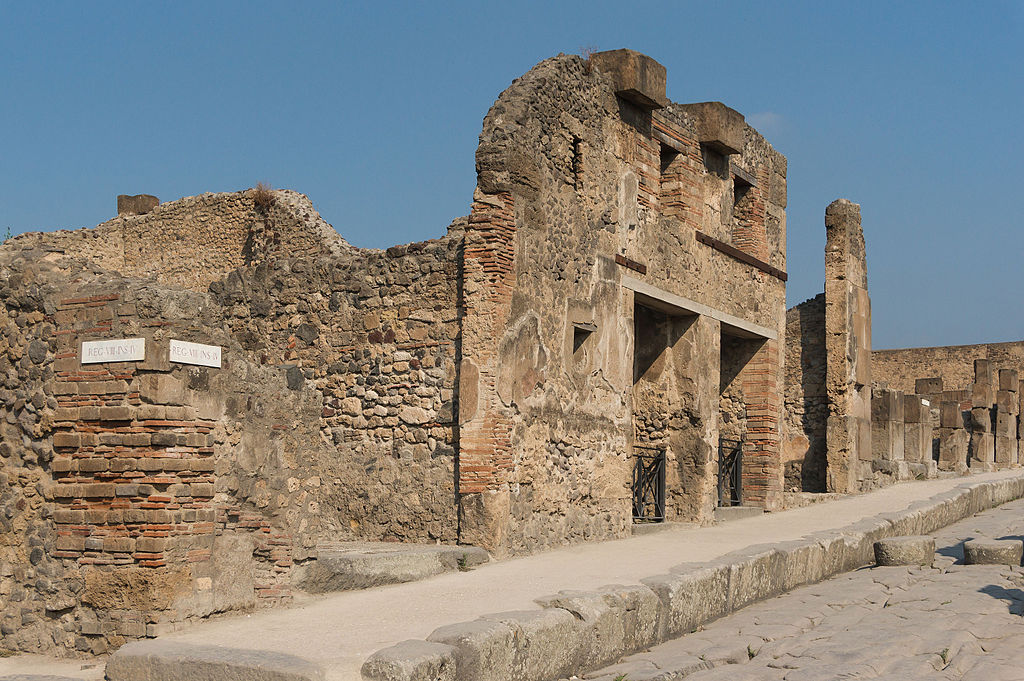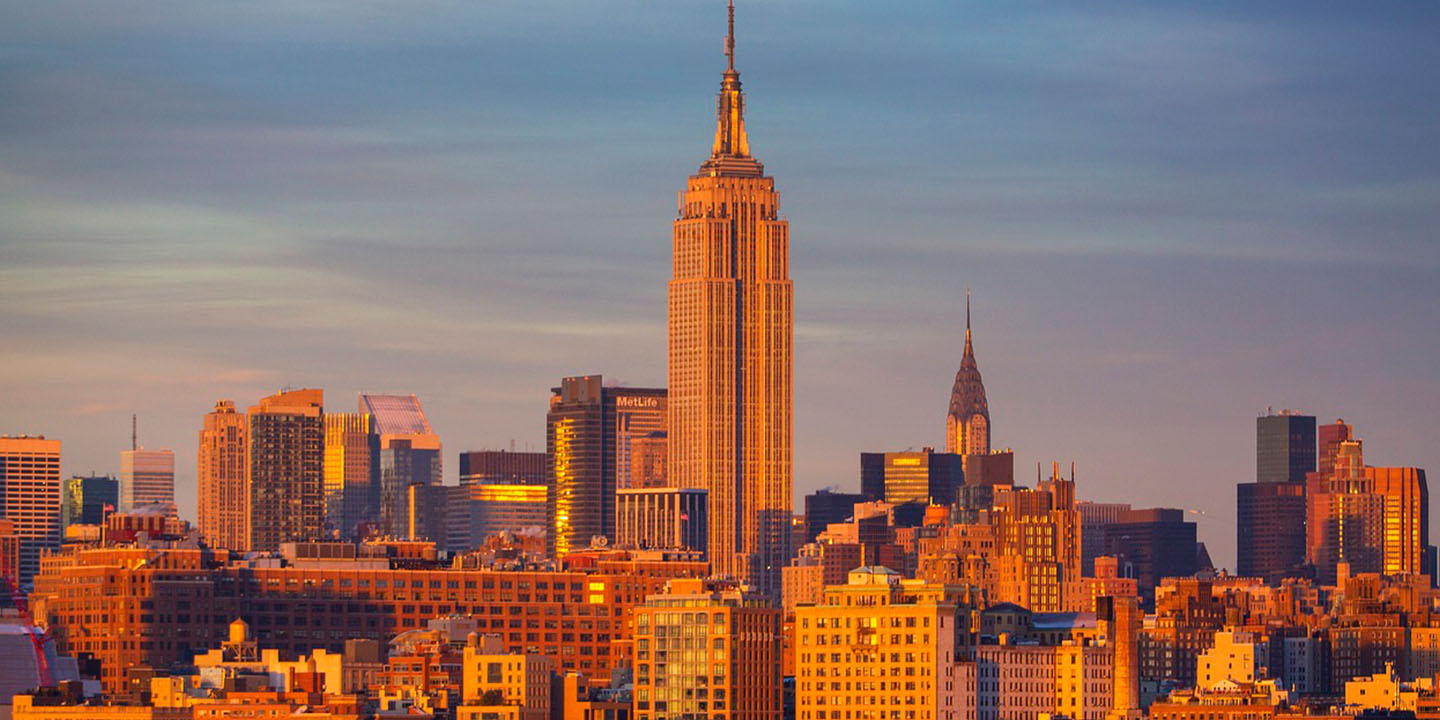Not All Vacations Are Spent At The Beach
More and more, tourists are opting for melancholy and macabre over carefree and relaxing. Dark tourism is when people go places where horrific things in human history have happened. Whether to satisfy some morbid curiosity, pay respects, or get a different take on history, visiting these places is chilling, unsettling, and oddly irresistible. Here are the world's most popular dark tourism destinations that'll surely creep you out.
 United States Department of Defense on Wikimedia Commons
United States Department of Defense on Wikimedia Commons
1. Auschwitz, Poland
Perhaps the most famous dark tourism destination, Auschwitz was the largest Nazi concentration camp during World War II where millions of people were killed. Now it's a memorial and a museum where visitors can see preserved barracks, gas chambers, and personal effects from people who died there.
 xiquinhosilva on Wikimedia Commons
xiquinhosilva on Wikimedia Commons
2. Pompeii, Italy
Certainly one of the most popular dark tourism spots in the world, Pompeii was an ancient Roman city that was covered in volcanic ash when Mount Vesuvius exploded in 79 CE. The whole city perished but was preserved under the ash, running for their lives.
3. Chernobyl, Ukraine
Chernobyl is the site of the world's worst nuclear accident which occurred in 1986. The explosion spewed radioactive materials into the environment, making the whole area uninhabitable. The darkly curious enjoy traveling to the 20 mile exclusion zone around the site of the nuclear plant.
 IAEA Imagebank on Wikimedia Commons
IAEA Imagebank on Wikimedia Commons
4. Peace Memorial Park - Hiroshima
Hiroshima was the first city to be completely devastated by a nuclear bomb in World War II.
One building that was totally burned out in the explosion now serves as a memorial where visitors can see personal items from the victims, pictures, and other mementos.
 Netherzone on Wikimedia Commons
Netherzone on Wikimedia Commons
5. Catacombs of Paris, France
The catacombs are a giant underground tomb housing the remains of thousands of Parisians. They were built in the 18th century in response to the city's cemeteries being overcrowded. Now, visitors can walk through eerie underground tunnels displaying thousands of neatly-stacked human bones.
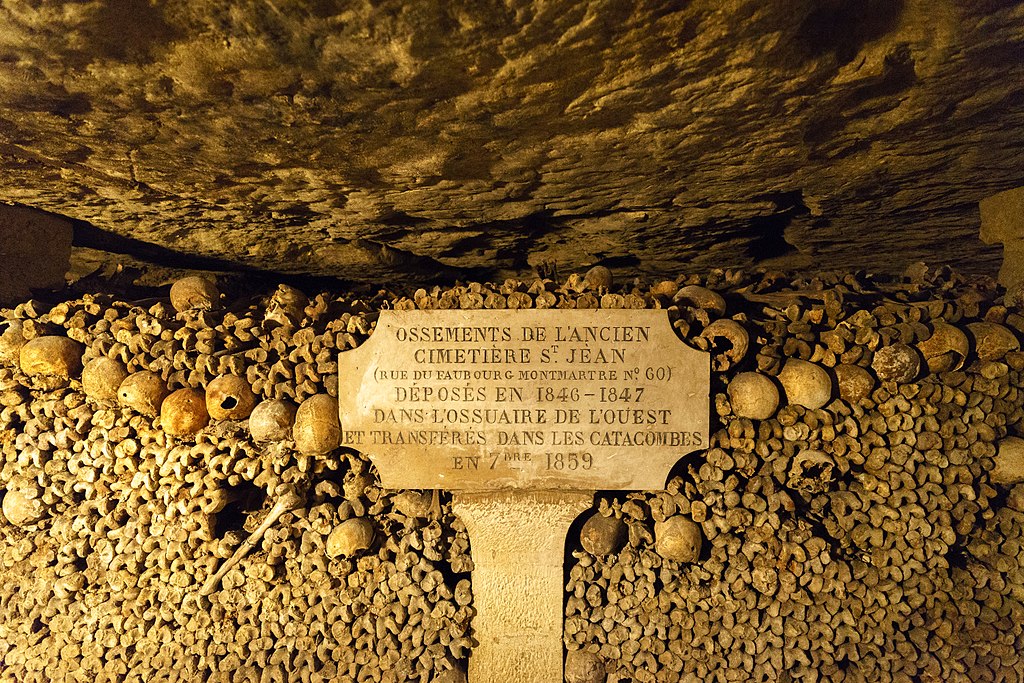 Dale Cruse on Wikimedia Commons
Dale Cruse on Wikimedia Commons
6. Ground Zero, USA
Ground Zero in New York City is where the attack on the World Trade Center on September 11th, 2001 took place. The location now serves as a memorial and museum to pay tribute to the thousands who lost their lives that day.
 FaceMePLS on Wikimedia Commons
FaceMePLS on Wikimedia Commons
7. Murambi Genocide Memorial, Rwanda
The Murambi Genocide Memorial is a former technical college where 50,000 of Rwanda's Tutsi ethnic minority sought refuge during the horrific Rwandan genocide. They were found by Hutu extremists who slaughtered them all. Now, this post serves as a memorial where visitors can see victims' bodies preserved in lime.
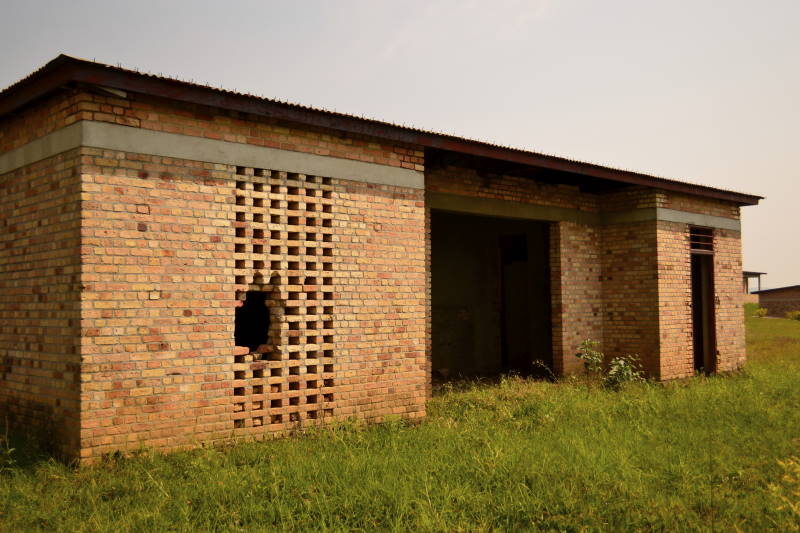 Diego Tirira on Wikimedia Commons
Diego Tirira on Wikimedia Commons
8. Alcatraz Island, USA
Alcatraz Island in San Francisco Bay was once the most notorious prisons in the USA, infamous for its terrible living conditions and high-profile inmates. It's now a museum where visitors can check out the cells, isolation ward, and learn about the lives of the people who were kept there.
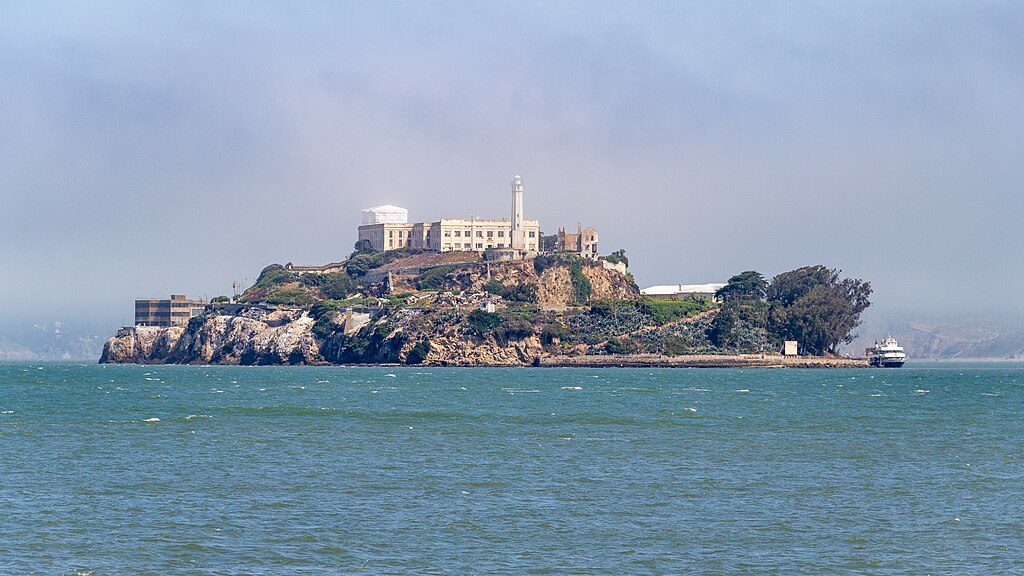
9. Sedlec Ossuary, Czech Republic
A short train ride from Prague sits the Sedlec Ossuary, a cathedral constructed from human bones. The original church was built in the 13th century but got embellished with the bones in 1870. Despite its creepiness, it's considered a very holy site for the Czech and you have to appreciate the artistry.
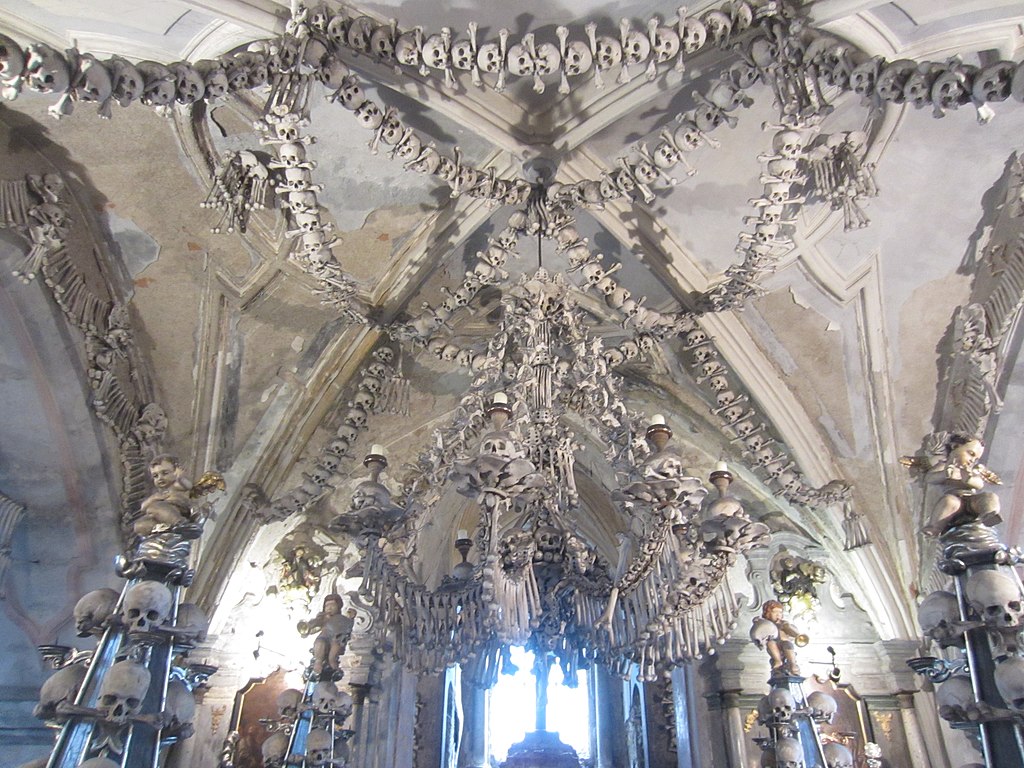 Interfase on Wikimedia Commons
Interfase on Wikimedia Commons
10. Cellular Jail, India
Cellular Jail was a notoriously inhumane British colonial prison in India on some remote islands about 600 miles away from India's coast. Anyone fighting for the country's independence would be shipped off here to contain revolutionary ideas. It now serves as a memorial, museum, and art gallery.
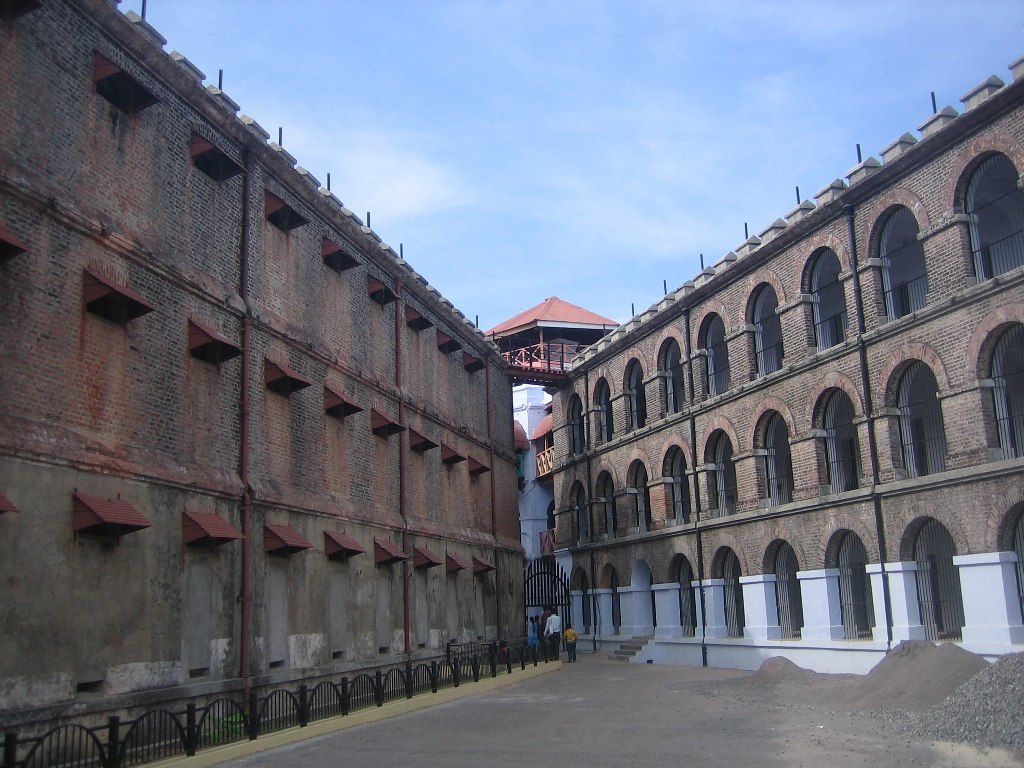 Jomesh at Malayalam on Wikimedia Commons
Jomesh at Malayalam on Wikimedia Commons
11. Robben Island, South Africa
Robben Island is the site a maximum security prison 8 miles off the coast of Cape Town that famously housed Nelson Mandela. Since the abolition of Apartheid, the island has served as a memorial and can be visited through tours guided by ex-prisoners.
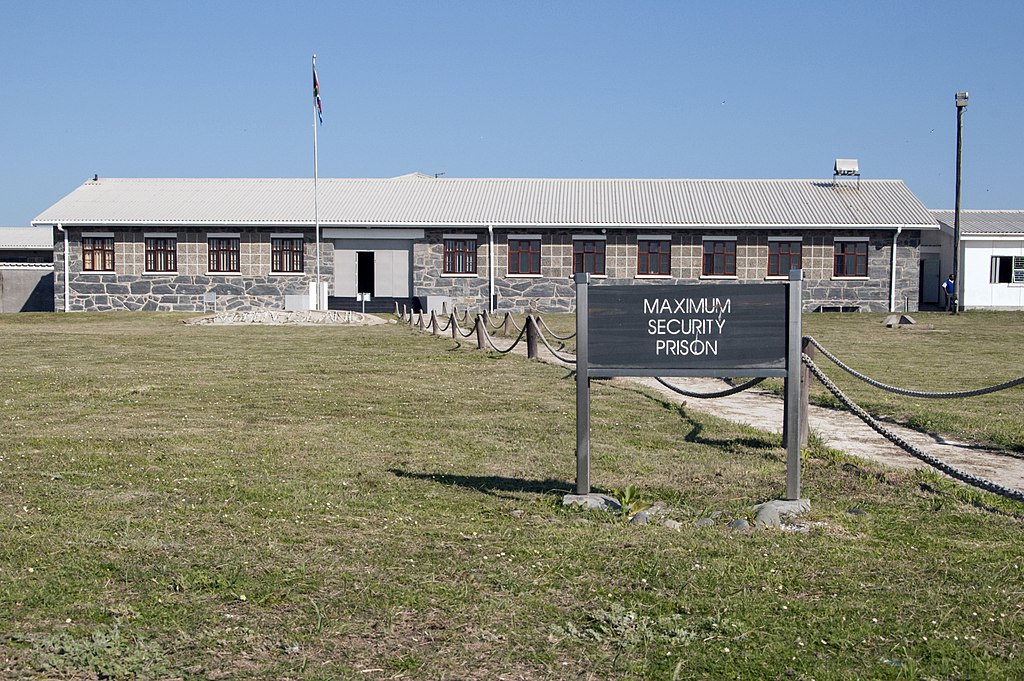 © Moheen Reeyad on Wikimedia Commons
© Moheen Reeyad on Wikimedia Commons
12. Jallian Wala Bagh, India
India's Jallian Wala Bagh was the site of a horrific massacre that occurred in 1919 when British soldiers fired without warning into a crowd of peaceful protesters, killing hundreds. It now stands as a memorial where visitors can still see bullet holes in the walls.
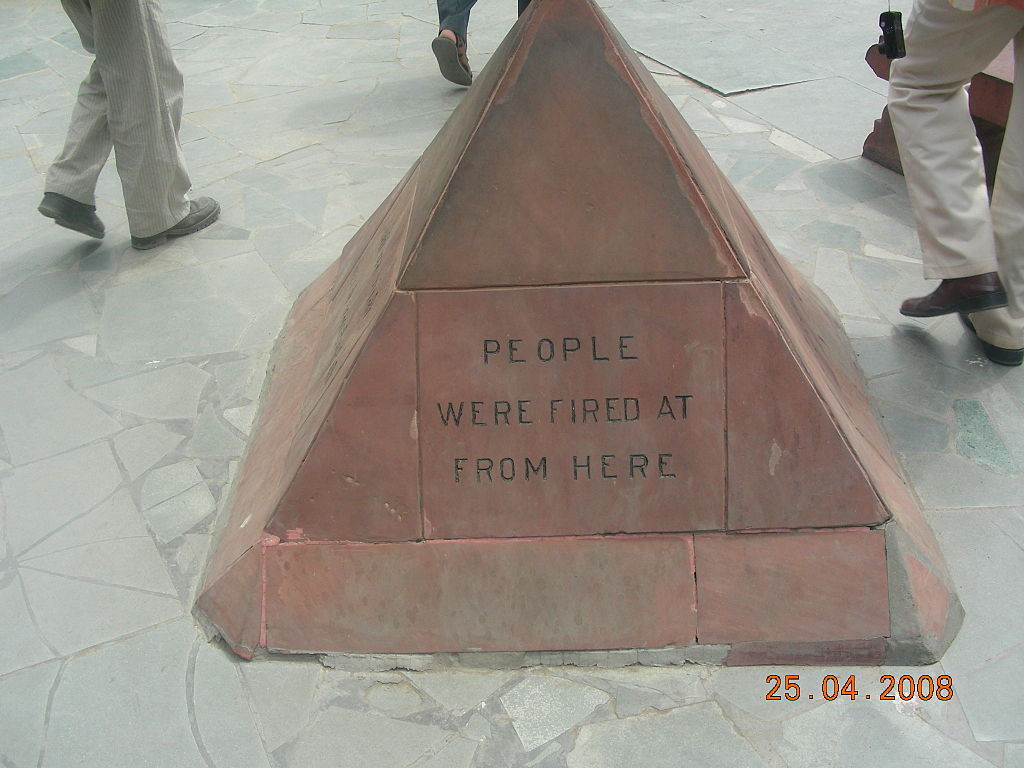 Iramuthusamy on Wikimedia Commons
Iramuthusamy on Wikimedia Commons
13. Choeung Ek, Cambodia
Located around six miles from the country's capital is a former orchard turned mass grave holding the bodies of over 20,000 victims of the notorious Khmer Rouge regime's brutal torture.
There now sits a large glass Buddhist stupa holding about 5,000 skulls excavated from the graves.
 Jakub Hałun on Wikimedia Commons
Jakub Hałun on Wikimedia Commons
14. Ijen Crater, Java
This 2000-foot wide, 650-foot deep crater is the site of the world's largest acid crater lake where visitors can see striking turquoise waters and blue flames at night caused by fuming gases. It's also the site of a labour-intensive sulfur mining operation where workers toil in hazardous conditions for low pay.
 Photo by CEphoto, Uwe Aranas on Wikimedia Commons
Photo by CEphoto, Uwe Aranas on Wikimedia Commons
15. Aokigahara Forest, Japan
Aokigahara Forest on Mount Fiji in Japan is also referred to as "suicide forest". It's a gorgeous forest but unfortunately, it's not famous for its natural beauty but instead for the thousands of people who have taken their own lives here.
 Guilhem Vellut on Wikimedia Commons
Guilhem Vellut on Wikimedia Commons
16. The Museum of Free Derry, Ireland
The Museum of Free Derry in Northern Ireland was the site of the Bloody Sunday Massacre in which 13 Irish protesters were shot by British troops. The museum focuses on the nationalist movement referred to as "The Troubles" that lasted from the 1960s to the 1990s in Ireland and was rife with violence.
 Kenneth Allen on Wikimedia Commons
Kenneth Allen on Wikimedia Commons
17. Bikini Atoll, Marshall Islands
This group of islands surrounding a lagoon is where the US military detonated over 20 nuclear devices in the Cold War era. The radioactive fallout from one of the nuclear tests sank ten ships and displaced the island's inhabitants. Scuba diving enthusiasts visit the site for some of the best shipwreck diving in the world.
 United States Department of Defense on Wikimedia Commons
United States Department of Defense on Wikimedia Commons
18. Titanic Quarter, Ireland
Belfast's number one tourist attraction is where the infamous Titanic was built and launched. The museum tells the story of the ship from its creation to its tragic sinking in which over 1,500 people died.
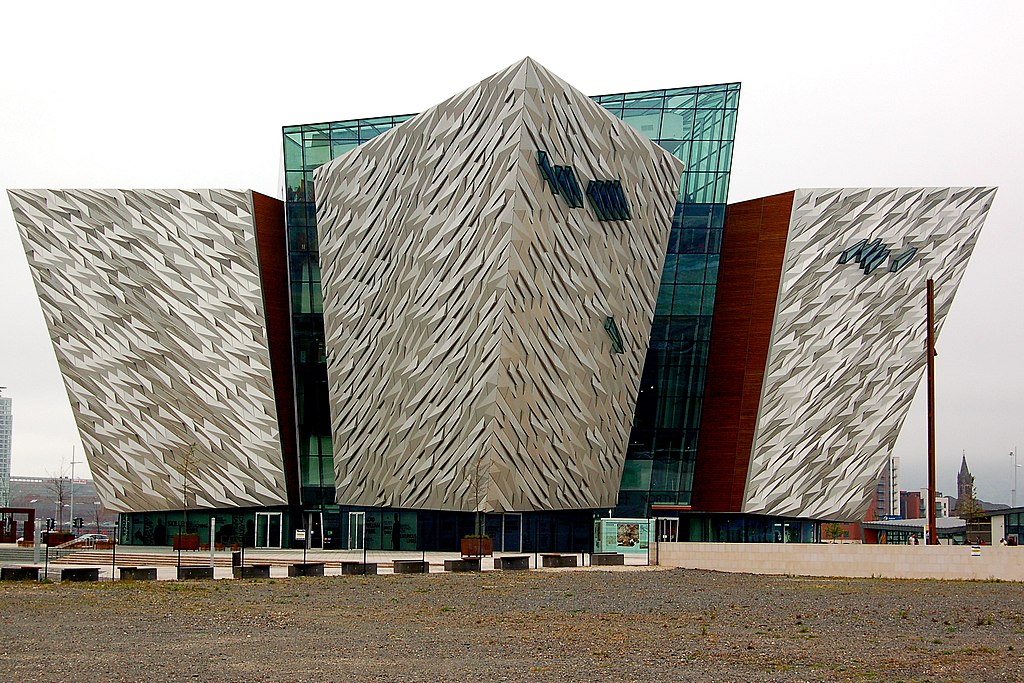 Joseph Mischyshyn on Wikimedia Commons
Joseph Mischyshyn on Wikimedia Commons
19. Londres 38, Chile
In Chile, there are a number of sites to commemorate all the lives lost during the brutal rule of dictator Augusto Pinochet, one of the most famous being Londres 38 torture house, where Pinochet's opponents were detained and tortured. It's now open to the public and offers guided discussions aimed at educating visitors about what transpired there.
 Ursula Eggers G on Wikimedia Commons
Ursula Eggers G on Wikimedia Commons
20. Magadan, Russia
Soviet-era Siberia is synonymous with gulags, the most famous of which is Magadan. Located in an extremely remote area of Eastern Siberia, just the journey to get here isn't for the faint of heart and entails driving on the world's longest road "The Road of Bones". But for anyone with a morbid curiosity and fascination with communist history, it's a must-see.


